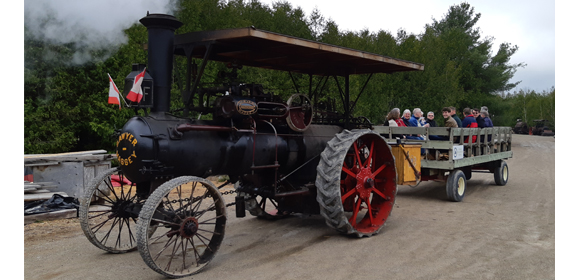by George Dyke…..
For our annual Citroën Autoclub Canada spring outing, we went back in time with a visit to the Ontario Steam Heritage Museum, a place where a huge collection of steam powered vehicles from farms and steam engines once used in factories reside just west of Puslinch, Ontario. Wayne Fischer and his wife Judi now house all the steam equipment on the their rural property. Wayne began collecting steam related equipment in 2002, but walking through the museum you would think it has existed since the early 1900s.
Ontario’s early manufacturing technologies began in the age of steam. Our visit to the Museum and a personal tour by Wayne directly connected us to that bygone Era of practical science in 19th Century Ontario.
See the full photo gallery of our visit here:
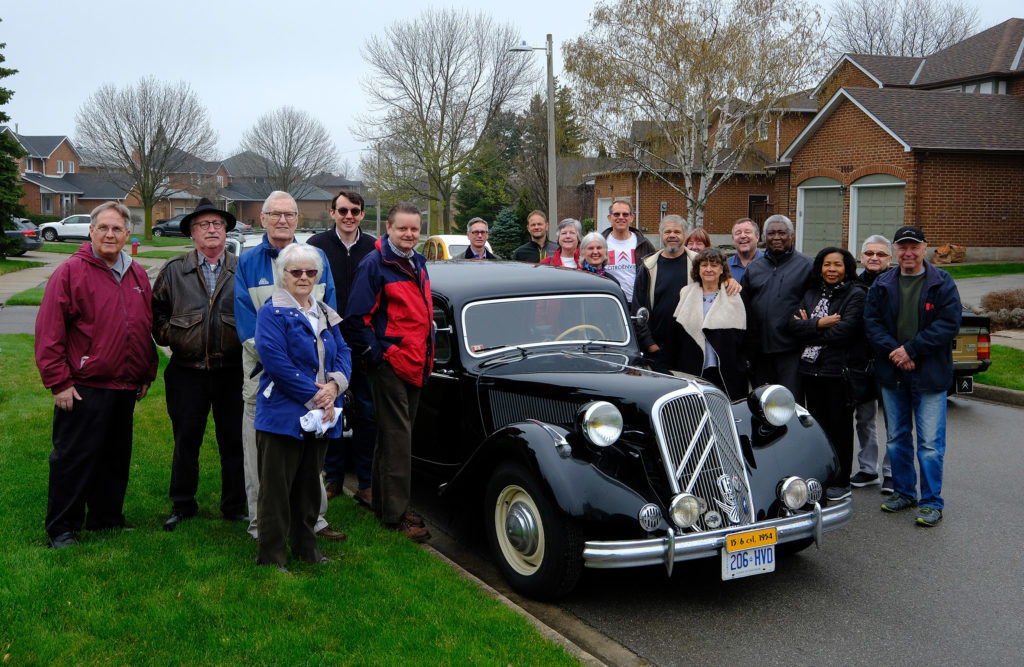
We began the day in Oakville, where me met for coffee and a snack at Chris Deja’s home. En route, we traveled over the Niagara Escarpment just south of Milton taking back roads all the way. One particular and twisty stretch of Twiss Road afforded us the opportunity for a photo op of our Citroëns pressing cornering limits to the max!
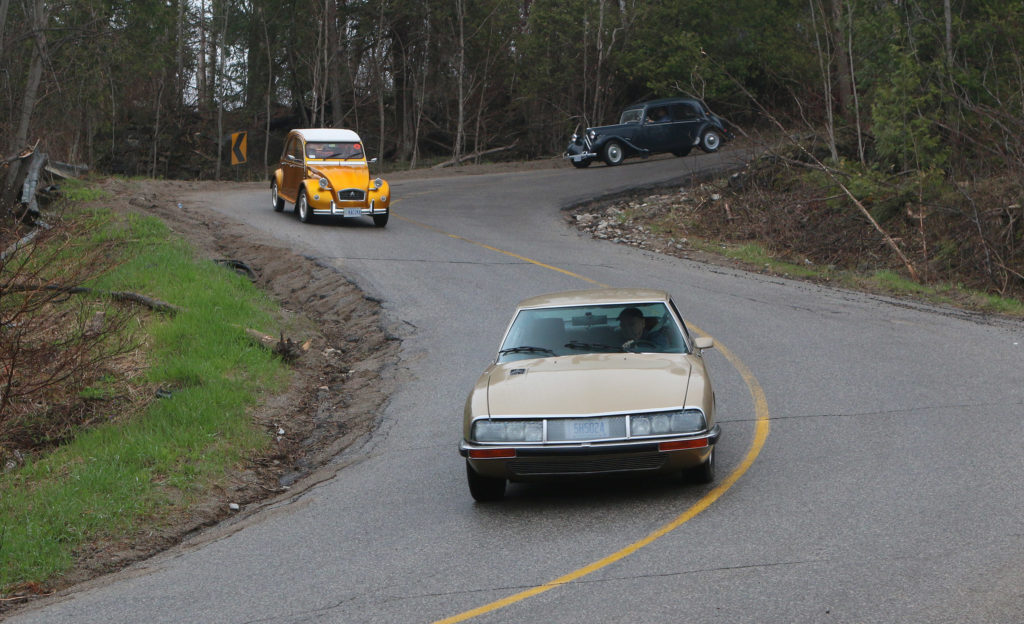
Upon arrival at the museum, we were treated to lovely lunch buffet provided by Wayne’s daughter Michelle. Afterward we piled into a wagon attached to a 20 hp Sawer Massey Steam Vehicle from the late 1800s and were given a tour of the property. 20 HP may not sound like much but it’s all about torque and this one had plenty! It is able to pull just about anything as it huffs along at 2-1/2 mph!
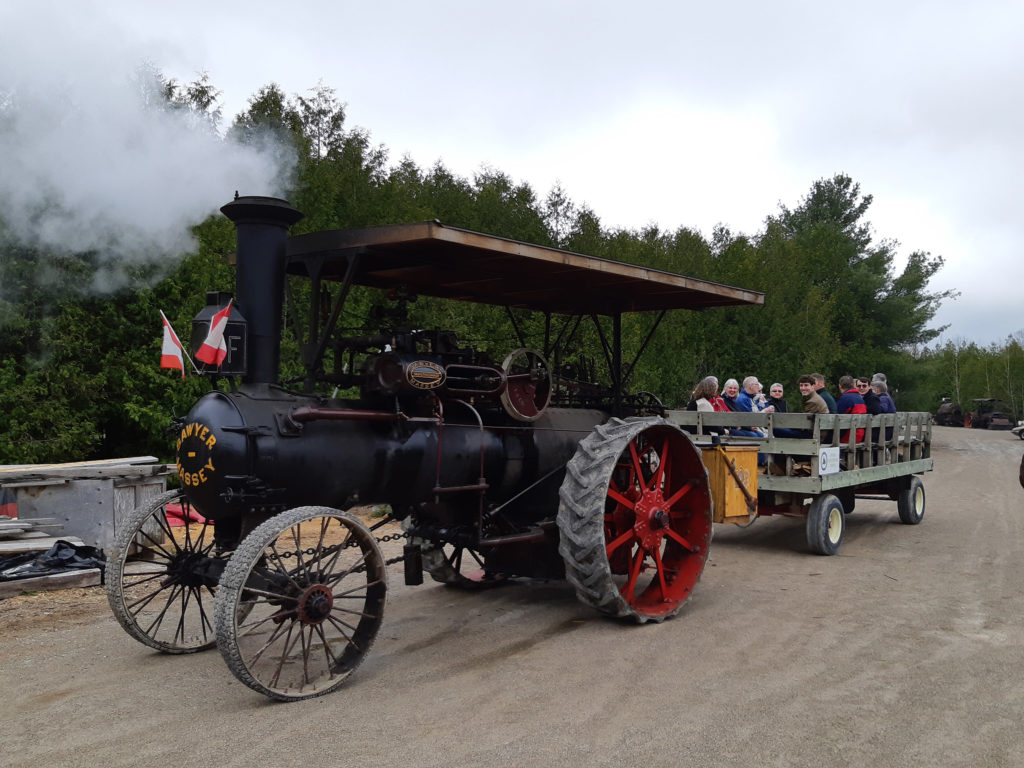
James Watt’s critical insights into the condensing steam engine developed in 1765 with the first commercial production of stationary engines in 1775. The first truly portable engine appeared in 1839 and the Steam Traction Locomotive Engines evolved around 1859. Ontario manufacturers Sawyer & Massey, George White, Robert Bell, Thomas Goodison, Waterloo Manufacturing all built these huge mechanical beasts, with production concentrated in South Western Ontario.
Wayne told us about the productivity steam vehicles brought to farming. Before then, plow horses like Clydesdales were used and one horse was able to plow, on a good day going at 2-1/2 mph, just 1 hectare. With a steam vehicle like the Sawer Massey, productivity was increased at least 10 fold and with the larger steam vehicles that the museum has, going up to as much as 150 hp, even exponentially more so!
However, the horse still played an important role with stream vehicles – that needed to be constantly fed wood and water to be kept in continual motion throughout the day. A horse drawn wagon would pull up alongside the stream vehicle for their transfer – as it ploughed along. Given the consumption rate of wood and water, the horse and the wagon driver were kept busier than two fellows on steam vehicle, one who was driving and the other stoking the boiler.
Of course steam played a vital role in manufacturing. Massive engine installations were fitted that initially served as the power source to all sorts of equipment through shafts and leather belts that ran throughout the factories. Later steam engines were also fitted with a massive ring rotor shaft attached to the flywheel and that provided electricity to everything from machines to office equipment. Though many steam engines were retired in the mid 1990s, the museum has a steam engine that was in use for almost a century – until 1984.
Restoring all the steam machinery and keeping it operational means that the shop has as assortment of tooling that is truly outstanding. Wayne points out that there are no CDC machines, 3D printers or robots. They work just as they did 100 years ago, when a part was either cast, made from a roll of steel, or machined from a block of metal. Truly a bygone era but fascinating to see the Museum celebrate Canadian ingenuity and invention during the Steam Era and let us hear, touch and smell the exhibits that keep steam history alive.
Steam has been vital in achieving the past, and bringing us to the present. The museum believes that history is for human self knowledge…….the only clue to what man can do, is what man has done.
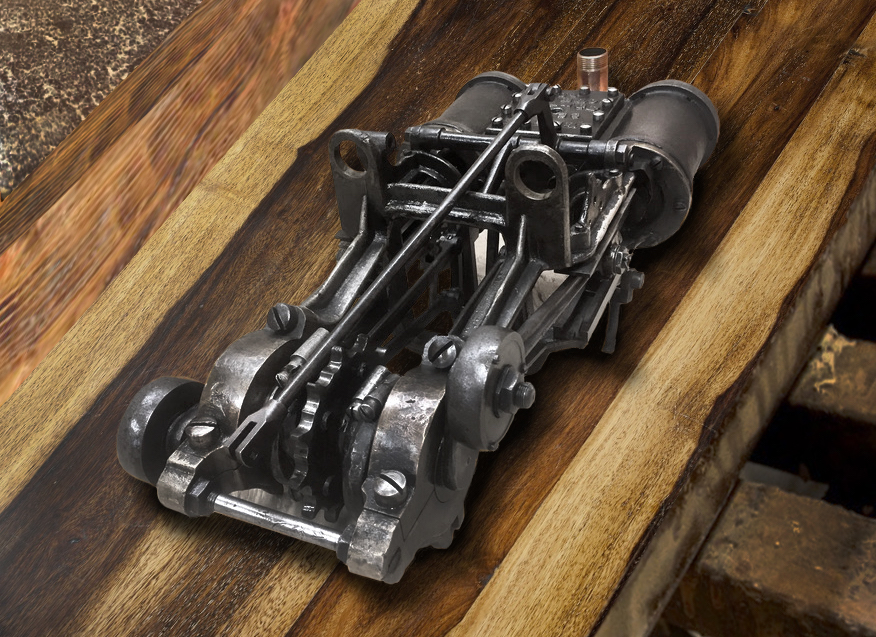
Looking at the size and simplicity of a Stanley Steamer automobile engine that they had on the bench, I can’t help but wonder if stream might well play an increasing role in our future.
